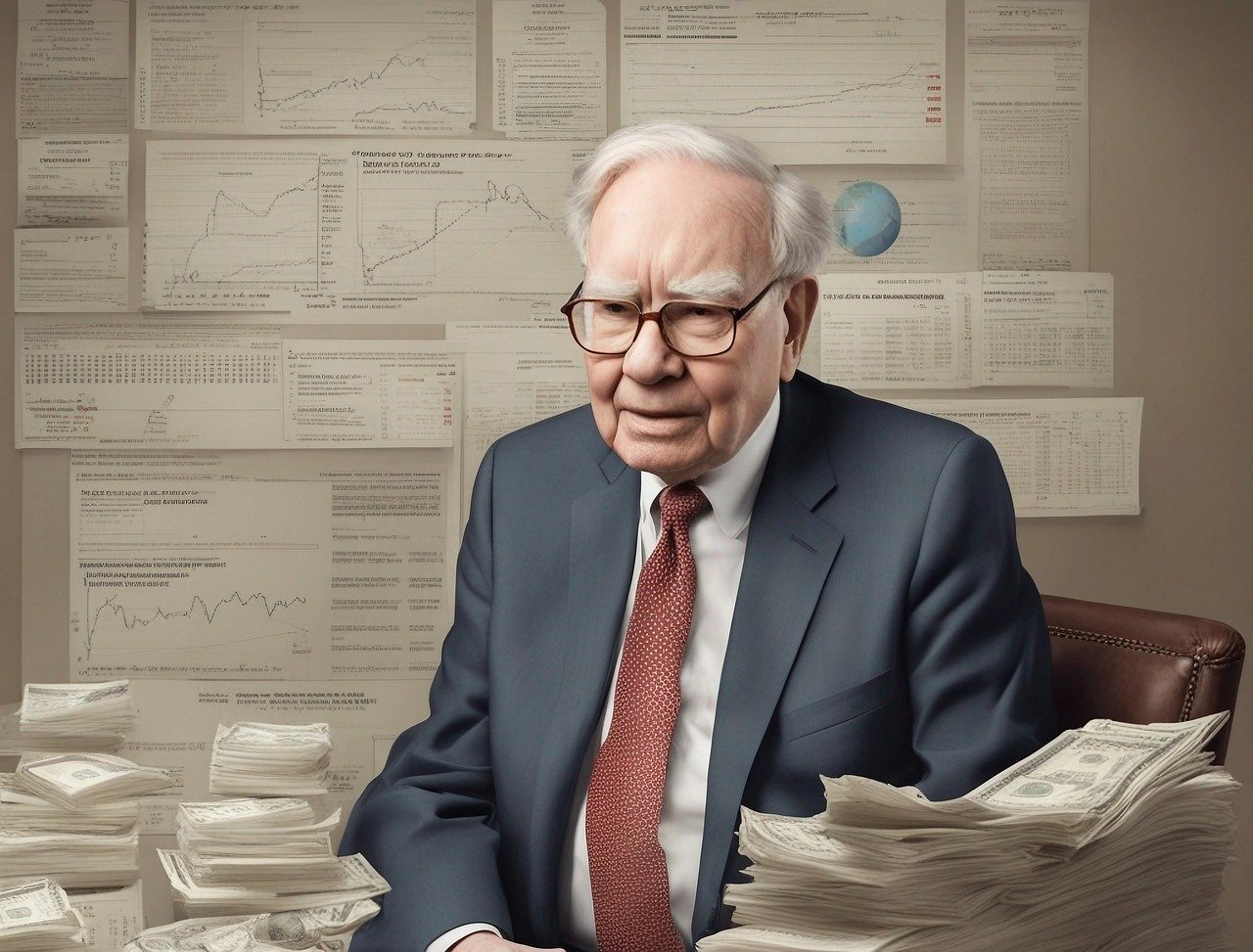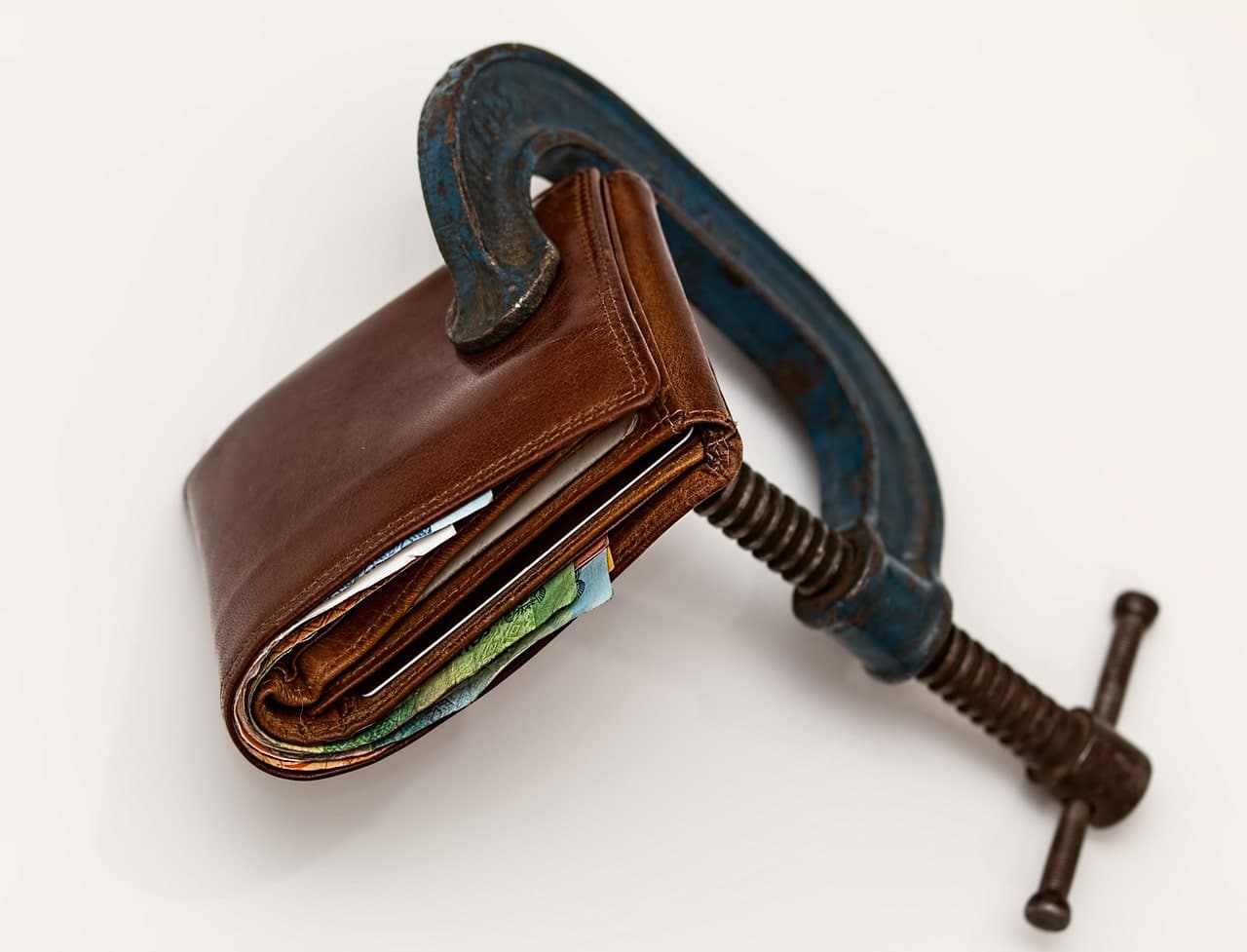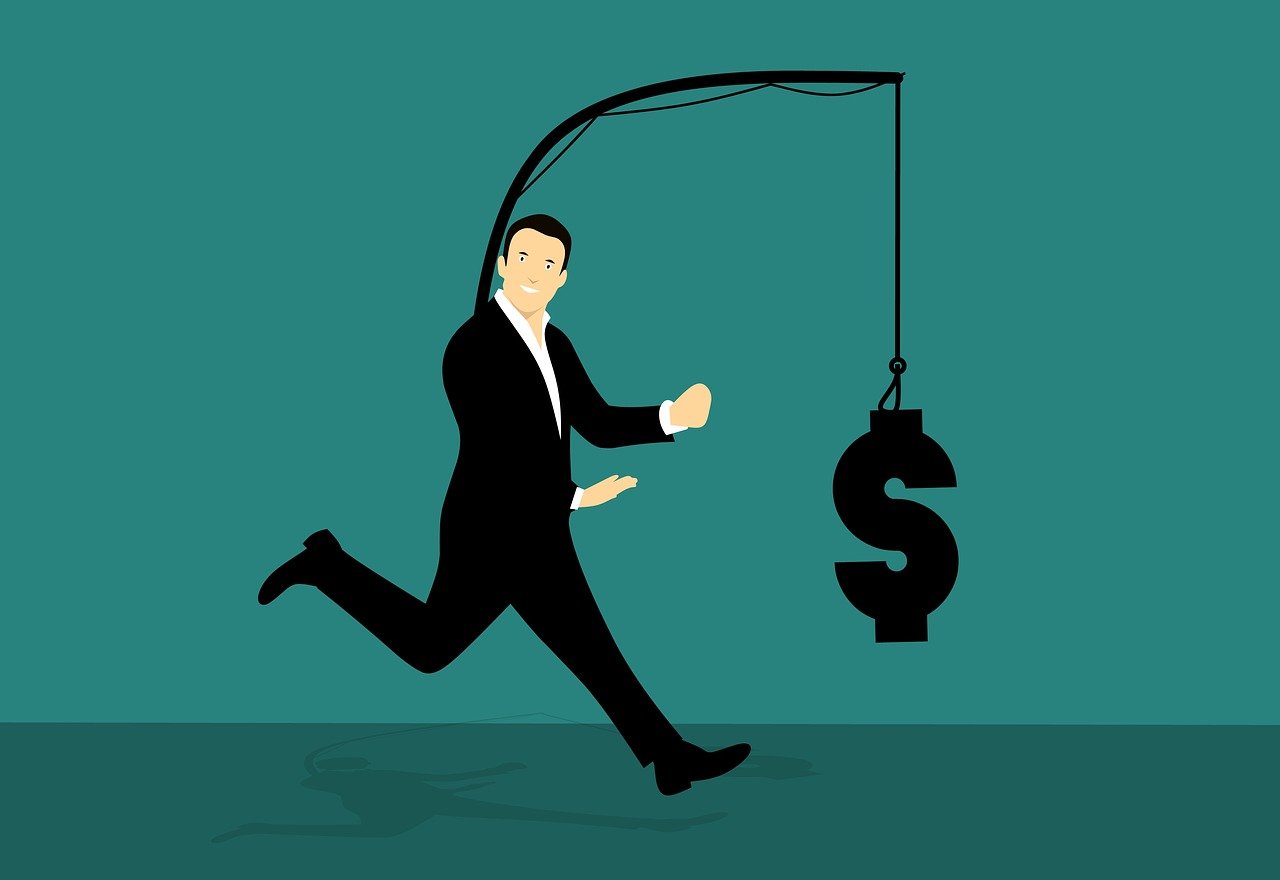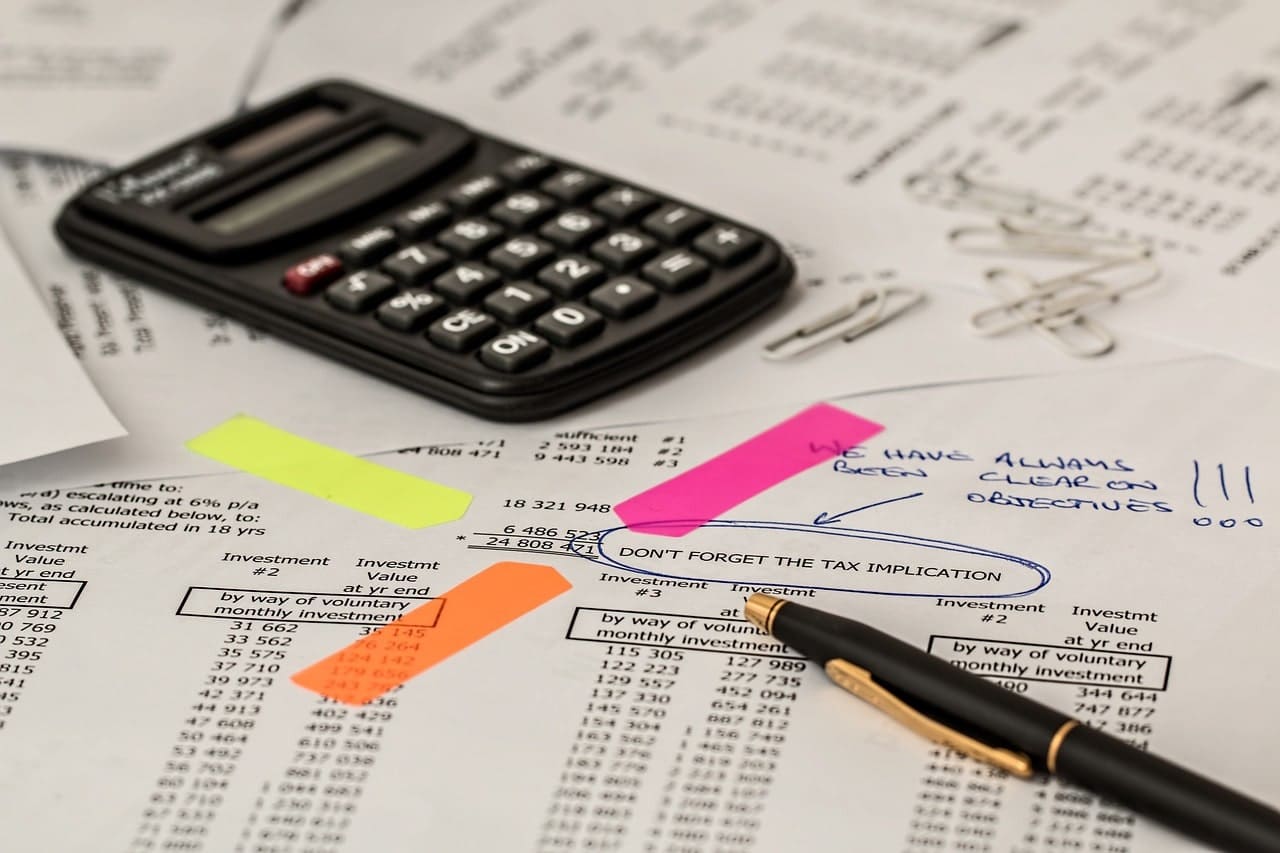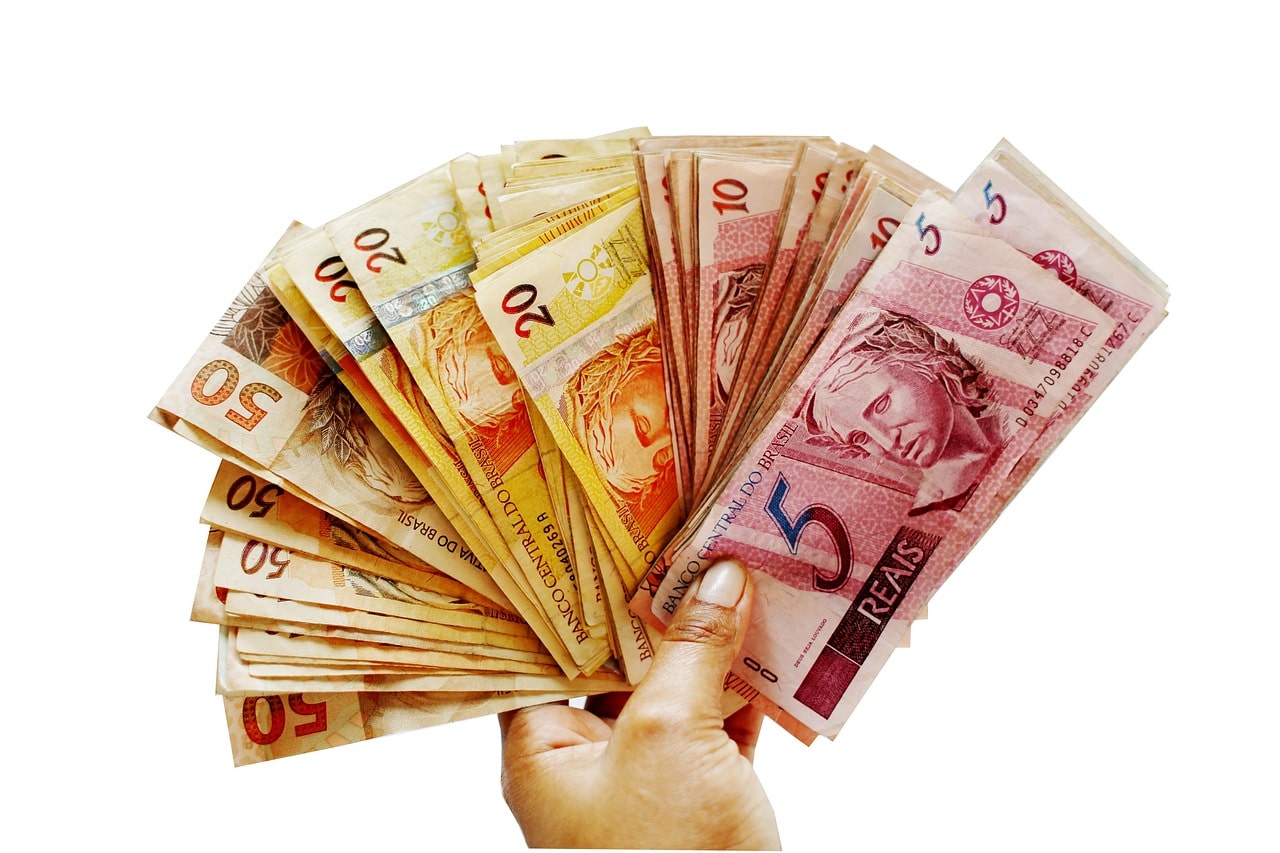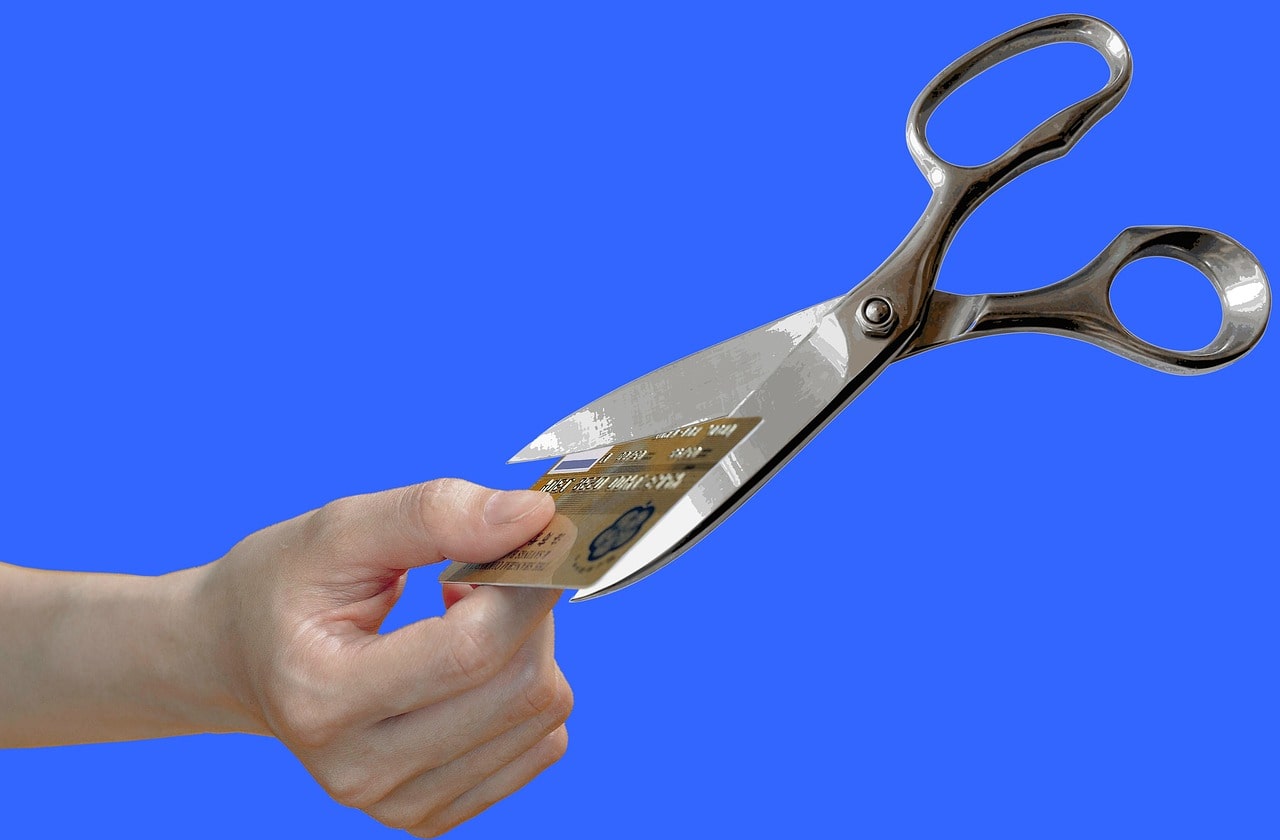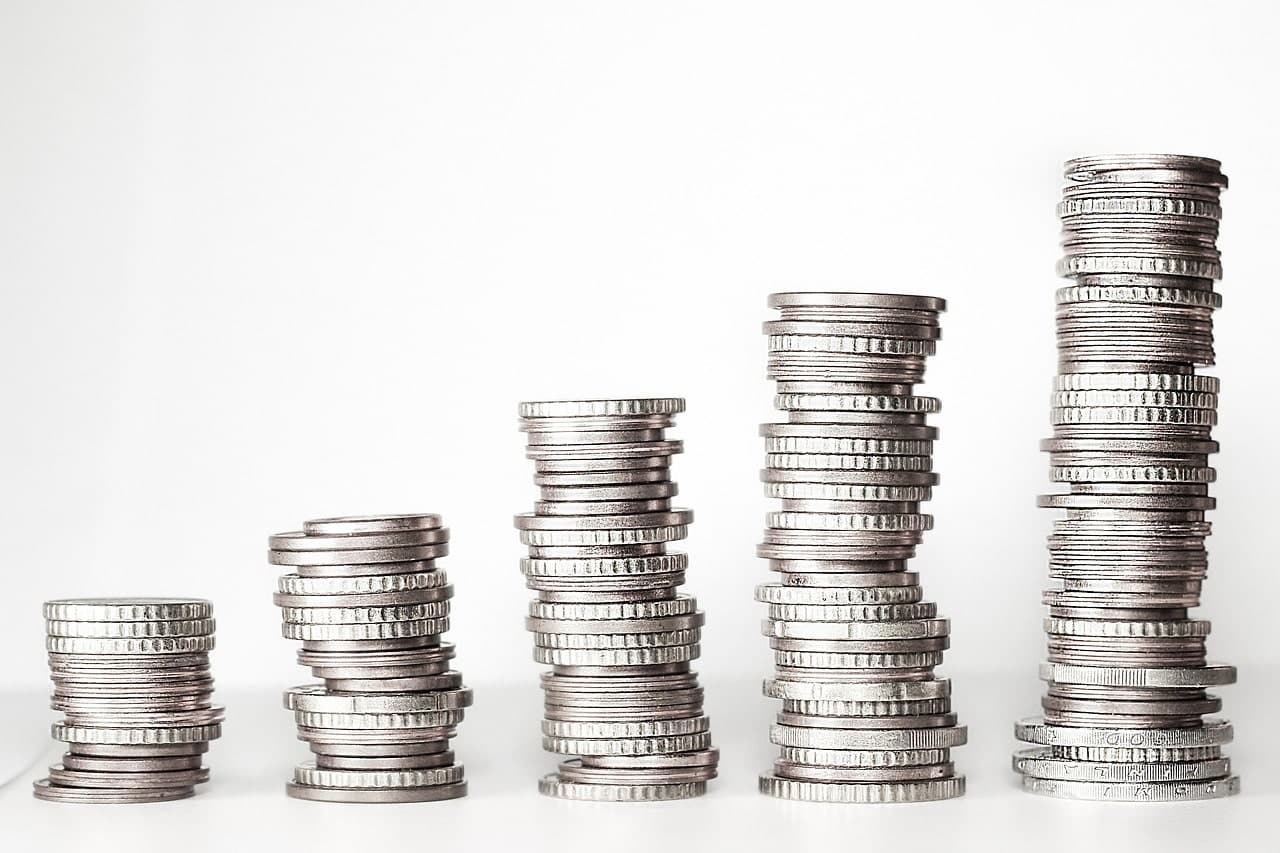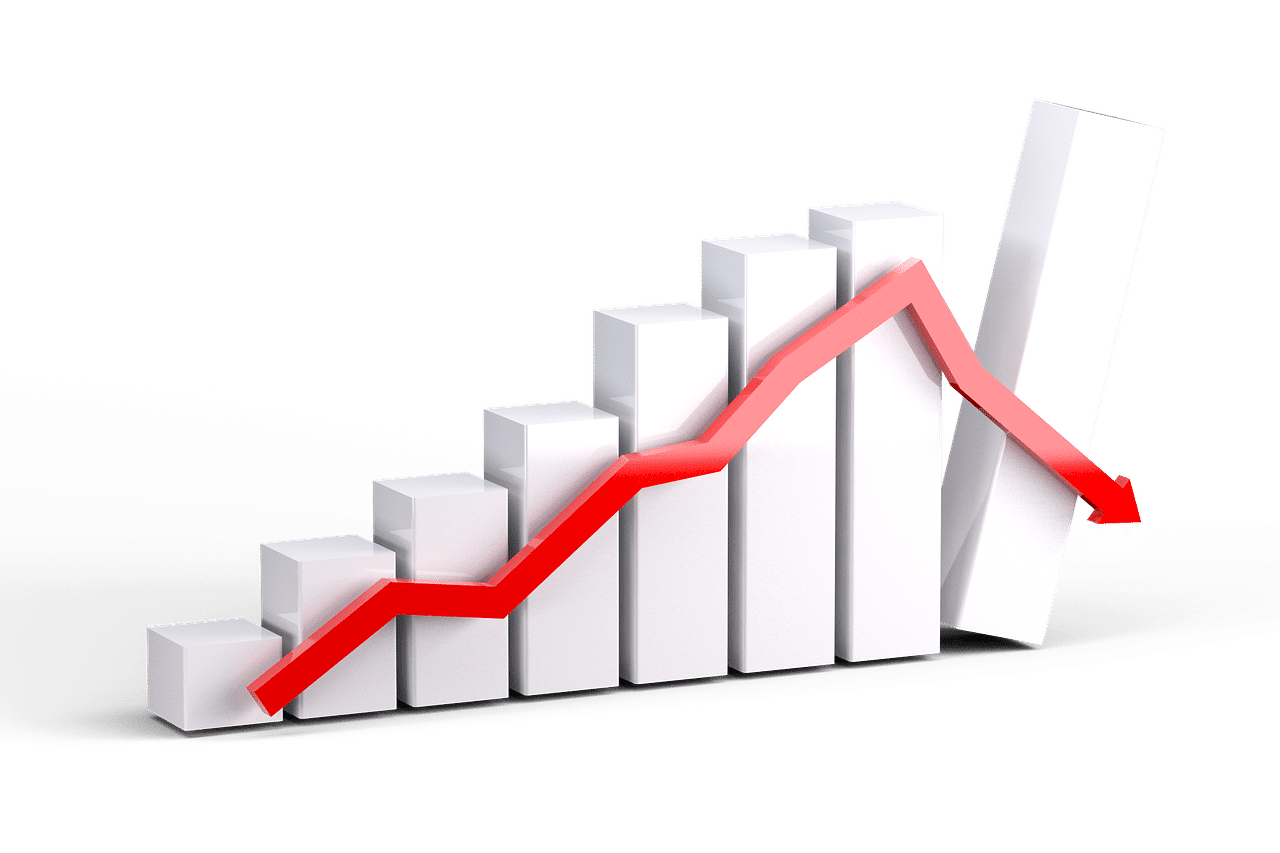A derivative is a financial contract where a base value is agreed upon by means of an underlying asset, security or index. The buyer agrees to purchase the asset on a specific date at a specific price.
There are many underlying assets that are contracted to various financial instruments, such as stocks, currencies, commodities, bonds and interest rates.
The derivatives market is approximately $1.2 trillion in size.
The derivatives market is divided into two categories: OTC derivatives and exchange-based derivatives.
- OTC, or over-the-counter, derivatives are derivatives that are not listed on an exchange and are traded directly between parties. Exchange-based derivatives are those that are listed on exchanges
- Forward contract:
Offeror and demander of a good, agree to agree on a fixed price on a certain date, so as not to be affected by possible fluctuations in the price of the good. The name of the product agreed in the contract (barley, wheat, etc.) is known as the underlying.
The place where this type of standardized contract is offered is called a clearing house, where these commodities would be exchanged for money in the future.
They began to create pre-determined contracts, such as, for example, a contract for 100 tons of oats, at X quality, at price Y on W day. These contracts were called futures, and the only difference with forwards is that futures are traded on regulated markets, and forwards are traded between the parties.
- CFD or contract for difference:
These financial derivatives allow you to speculate on the increase or decrease in the prices of global instruments including stocks, currencies and commodities.
CFDs are traded with an instrument that will mirror the movements of the underlying asset, where gains or losses are released as the asset moves relative to the position the trader has taken.
- Derivatives quoted on exchanges. The most common derivatives used in online trading are:
- Futures contracts.
Futures contracts, based on an agreement to buy or sell assets such as shares paid at a later stage but with a fixed price. Futures are standardized to facilitate trading in the futures market where the detail of the underlying asset depends on the quality and quantity of the commodity.
It should be noted that the various price fluctuations are passed from one bidder’s and demander’s account to another. Depending on the fluctuation, it is taken from one and given to the other.
EXAMPLE: Let us imagine for a moment that a meteorologist believes that throughout the year it will rain very little, so that the potato crop will fall (due to lack of water) and therefore its supply.
As its supply falls and there is the same demand, the price of wheat will rise (as there is less product on the market and there are still many people who want to buy potatoes), so the weatherman will go to the clearing house to buy (for example) 100 tons of potatoes at 100 euros on September 1. Buying futures = Long position
On the other hand, there is another meteorologist who thinks that this year it will rain a lot and there will be a lot of potato production, so prices will fall (because there will be too many potatoes for the existing demand).
He then goes to the clearing house to sell 100 tons of wheat at 100 euros on September 1st. Futures sale = short position
Finally there ends up being an important drought, where our first meteorologist benefits, and the money of the second one is given to the first one.
This whole operation is carried out through the futures market. There are many types, the most famous are the ETFS, where the future takes the value of an index of a complete stock market.
As a summary, we can say that when you buy or sell futures, you do not buy or sell something material, so when you sign the contract, no money is delivered. Only the contract is signed and the movement of money takes place according to the evolution of prices.
- ETFS. ETFs are investment funds listed on the stock exchange. They are a hybrid between a mutual fund (grouping a basket of securities) and a stock (listed daily on the stock exchange). They try to replicate the performance of a benchmark index, sector, region…
If we clarify the difference between an index fund and an ETF, we can say that ETFs are traded like any stock, which allows them to be bought and sold like an equity security at any time during the session.
- Trading options
In the derivatives markets, traders have the right to buy (CALL) or sell (PUT) an underlying asset at a specific price, on or before a specific date, with no obligations, which is the main difference between options and futures trading. Essentially, options are very similar to futures contracts. However, options are more flexible. This makes it preferable for many traders and investors.
As an example, imagine a man is walking down the street, and he sees a beautiful house for sale, but he does not have the money to purchase it. For this, he would want to have the option to buy the house in the future, but without having the obligation to buy it.
Thus an option is drafted, whereby the man will have the option to buy the house at the stated price in the future.
For the seller of the house, the deal is a bit bad, since, if another buyer comes with the money in hand, he will not be able to sell him the house due to the option contract he has with his first client.
It is then when this one accepts the deal with the condition that every month, the buyer of the house gives him a monthly installment of 100 euros, having the buyer the obligation to pay the installment and the seller the obligation to keep the house for him in the future, in case he wants to buy the house at the established price, to sell it to him.
In the options, tangible things are bought and sold. In this case, the option to buy the house is bought and sold.
Let us suppose that the date arrives on which the buyer decides to buy the house at the established price (let us say that it was signed at 100,000 euros), and the price of the current house is at 150,000 euros. It is then when the buyer will have earned those 50,000 euros of profit minus the premiums he has been giving to the seller.
If the opposite happens, that is to say, if the price of the property has fallen, the buyer will not exercise the purchase option and the contract will have ended, with the counterpart that the buyer will have obtained losses by paying the monthly installment to the seller without reaching the purchase agreement (since the current market price is cheaper, he is not interested in making the purchase option).
The same situation may occur, but in the opposite case. It will be the one who sells the house who exercises the option to sell the house for the 100,000 euros to a possible buyer, being the seller the one who must pay the buyer the monthly premiums.
In case there is a devaluation of the prices of the house, it will be the seller the one who forces the buyer to buy his house for the price previously agreed, and in case the prices would rise, the seller would have lost the corresponding premiums since he will not exercise the option to be able to sell his house more expensive.
The one who has the OPTION always pays the premium to the one who has the OBLIGATION.
In case of putting it in a context as speculation (it is usually done with the prices of oil, stocks…), investors can bet on the rise or fall, through options.
If he bets on the upside he will make a call option (CALL), while if he invests on the downside he will make a put option (PUT).
Options are traded in the options market, and to better understand, they are the closest thing to buying insurance.
An example of options are warrants.
- Warrants are an action to buy or sell an asset at a fixed price at a future date. It is a right, not an obligation. The asset can be anything from a stock to an index, including a currency. We could say that it is equivalent to the deposit that we leave in a store to reserve an item at an agreed price. The deposit, like the warrant, allows us to see the evolution of the markets in order to decide over a period of time whether or not to purchase the item at the price already fixed. As advantages we have that they are less risky than other products, since the loss is limited to the premium (amount that the investor pays to buy the warrant), however, the profit can be much higher due to the leverage. You can buy warrants to buy or sell, getting richer both on the upside and the downside.
- Currency swaps.
Currency swaps involve the exchange of a certain amount in foreign currencies without taking into account interest, i.e. by agreeing on a future date on which each party must deliver to the other party an amount X known in advance.
Currency swaps are mainly used for two purposes:
1. To obtain cheaper debt by borrowing at the lowest possible interest rate.
2. As a hedge and reduction of exposure to currency risk.
Types of swaps:
- Interest rate swap: To cover possible interest rate increases in credit operations.
- Currency swap: The currency is exchanged on two different dates. When the signature is made, the price of the operations is made. The purpose of this contract is to hedge the exchange rate risk.
- Equity swap: Products based on interest rate and equity options.
- Total Return swap: Based on products with fluctuating interest rates.
- Stock index swaps: Exchanging the yield that occurs within the money market for the yield that occurs within a stock market.
- Commodity swaps: To compensate the differences in the variable market price with the fixed price previously established in the contract.
Foreign exchange transactions are traded on the foreign exchange market or FOREX. This market is the largest and most liquid in the world, with a daily trading volume exceeding 5 trillion dollars.


